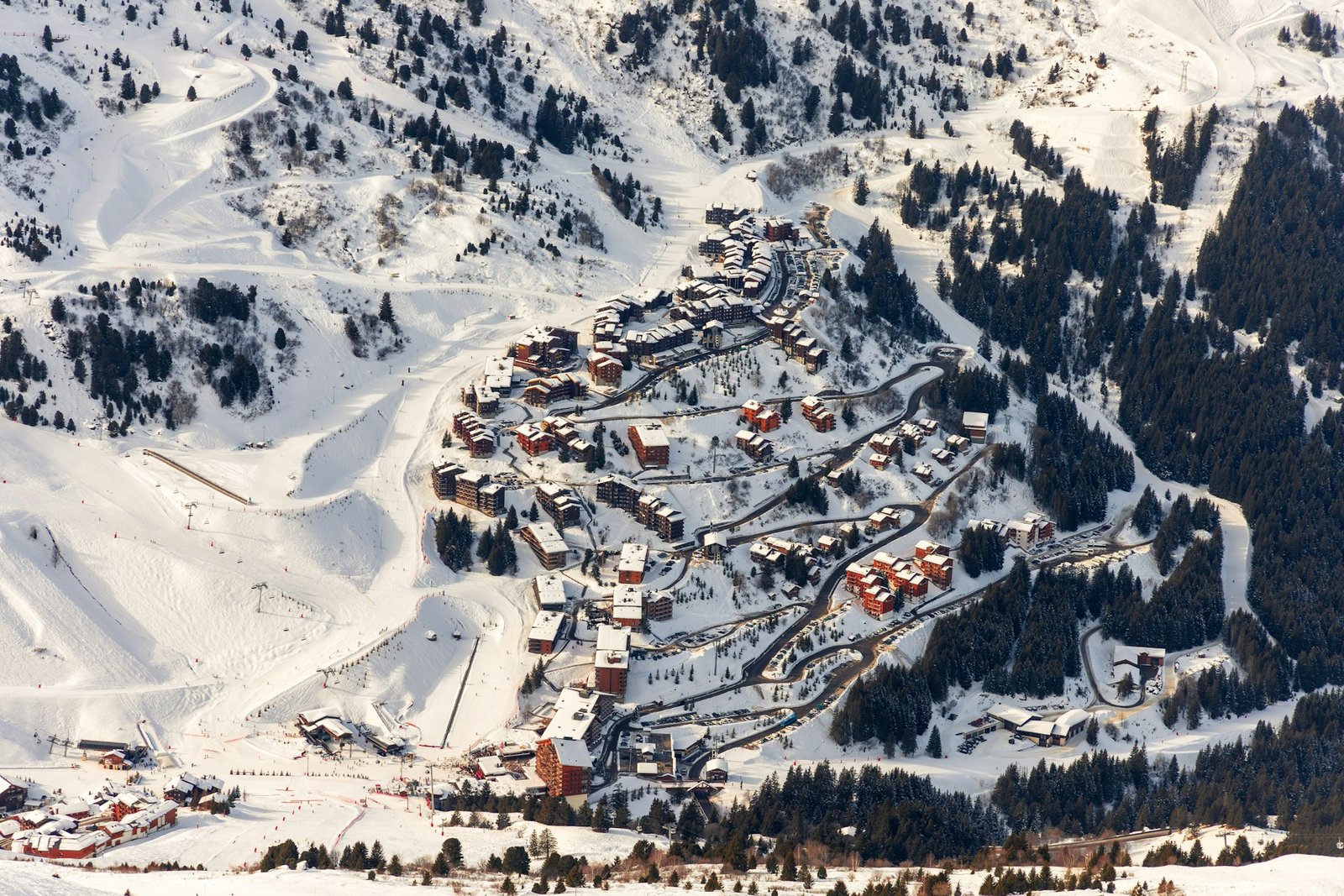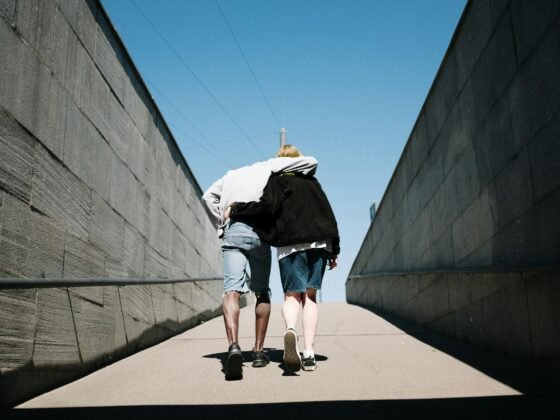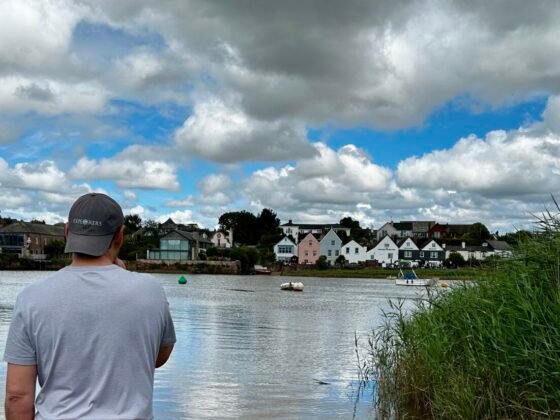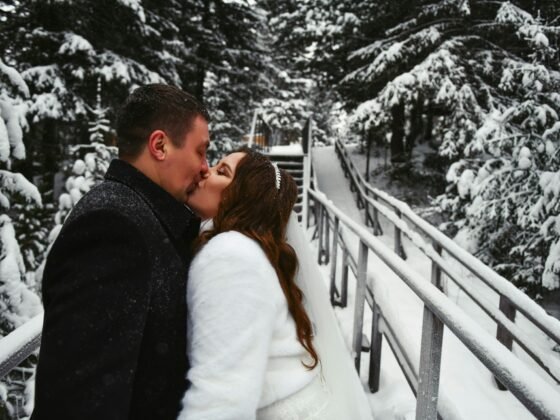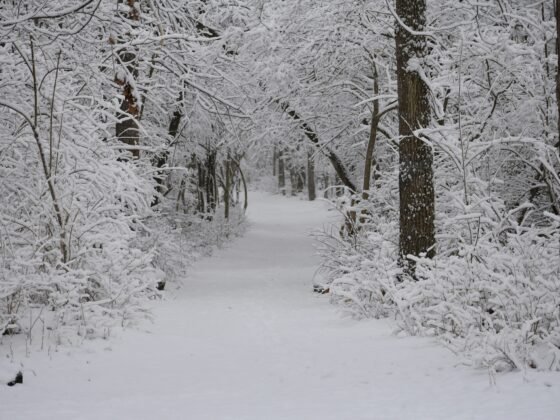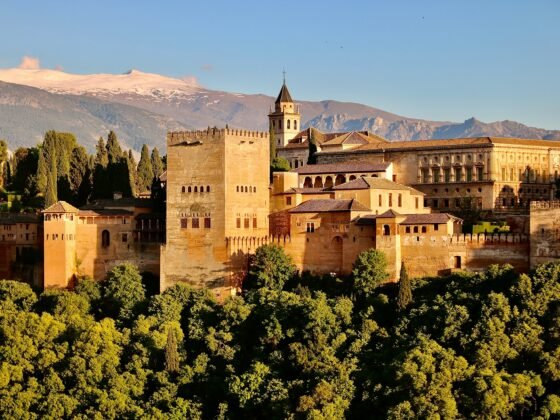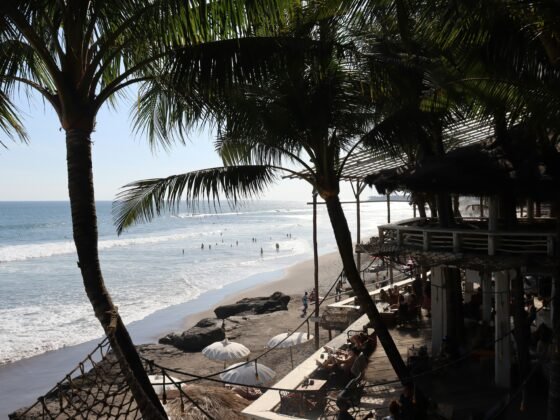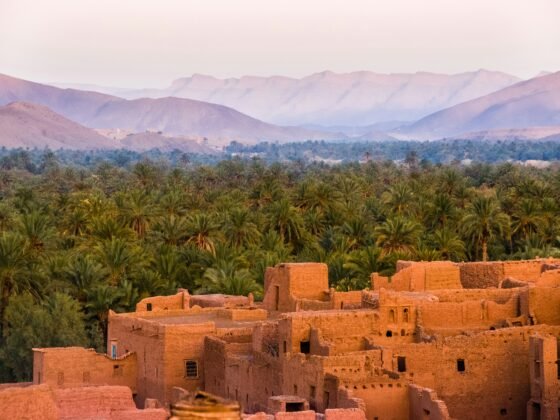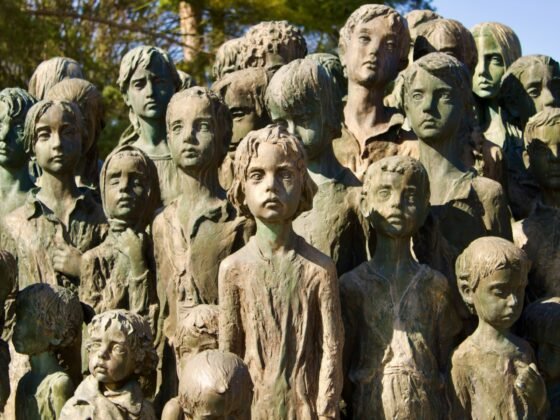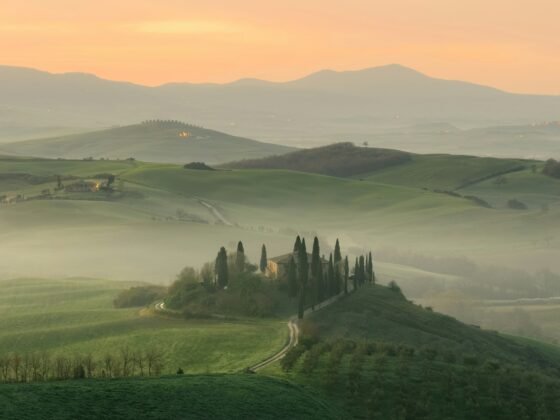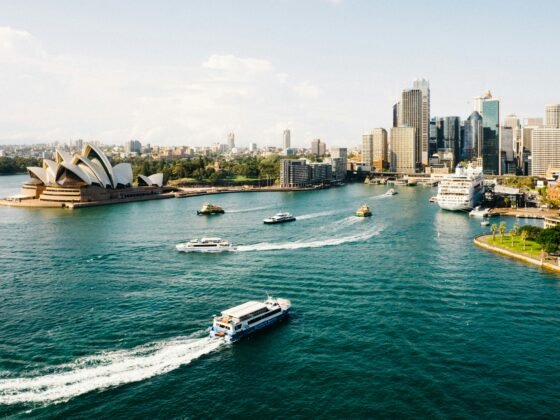When winter descends upon the Alps, few places capture the essence of high-altitude skiing quite like Val Thorens. Nestled at 2,300 m in the Belleville Valley, this purpose-built resort is the highest in Europe, offering snow-sure conditions from mid-November to early May. But beyond the stat sheet, it’s the character of Val Thorens; the buzz, the variety, the views. That makes it so captivating.
A Perfectly Timed Opening (And a Long Season)
Val Thorens typically opens around mid-November and stays open into early May, sometimes stretching all the way to late May (Wikipedia). The 2025–26 season officially runs from 22 November 2025 to 3 May 2026 for Val Thorens–Orelle, and from 6 December 2025 to 17 April 2026 across Les Trois Vallées. This near six‑month season is a dream for winter-sports enthusiasts.
Why Snow Is Never a Worry
Perched at ultra-high altitude, with many slopes above 3,000 m, Val Thorens is inherently snow-sure (The Times). North-facing runs and its two small glaciers mean the snow retains quality deep into spring. While slopes toward Meribel and Orelle might soften later on, the resort’s robust snow-making keeps everything white and groomed.
Skiing & Terrain: Something for Everyone
As part of the Three Valleys – Les Trois Vallées – Val Thorens is connected to Europe’s largest interconnected ski area, offering over 600 km of pistes. The local area alone boasts around 150 km of runs, with a mix of green, blue, red, and black slopes.
Intermediates will feel right at home; there’s a sea of cruisy reds and long blues. Experts aren’t left wanting either: off-piste gems like Lac du Lou or steeper black runs such as Combe de Caron offer exhilarating challenges. Beginners, however, might prefer more sheltered nursery slopes elsewhere within the Three Valleys.
Beyond the Pistes: Après-Ski, Dining, and Entertainments
Val Thorens has built a reputation for its lively après-ski scene. La Folie Douce is legendary; wild midday sets and terrace parties could almost be mistaken for Ibiza rather than the Alps. As night falls, Rue de la Soif (Thirsty Street) springs to life, catering to groups who want to continue the celebration.
For something more mellow, the resort offers spa lounges and quiet mountain restaurants. Gastronomic highlights include Les Explorateurs (Michelin-standard dining), crêpe vans, and cosy Savoyard spots serving tartiflette and fondue.
If après-ski adrenaline is your thing, try zip‑lining between peaks, racing ice‑driving circuits, or tobogganing down the 6 km Cosmojet descent. There really is something for all energy levels.
Getting There: Geneva Links and Transfers
Most international visitors fly into Geneva, which is roughly a 2‑ to 3‑hour drive away. One of the most stress-free options is booking Geneva to Val Thorens Transfers Alps2alps, a reliable shared or private shuttle that takes you straight to the heart of the resort. Their service is frequently recommended thanks to its punctuality and smooth logistics, ideal after a long flight or ski day.
Practical Tips for Planning
- Altitude adjustment: At over 2,300 m, even everyday tasks can leave you a bit breathless at first. Take it easy, stay hydrated, and pace your skiing.
- Weather volatility: With no trees to offer cover, whiteouts and clouds can be disorienting. Bring goggles with good visibility options, and consider a lesson with a guide if conditions turn murky.
- Accommodation variety: From budget dorms to five-star hotels like Altapura and Hameau du Kashmir, there’s something for every taste and budget.
- Family considerations: While kids can have a wonderful time, babies under around 18 months may struggle with the altitude; check with your GP before travelling.
Environmental Context: Facing Climate Challenge
The Alps aren’t immune to climate change. Higher resorts like Val Thorens are becoming increasingly vital as lower-altitude ones struggle with short seasons (The Guardian). Still, concerns exist over snow-making’s environmental impact, so eco-conscious travellers should check resorts’ sustainability measures and compostable packaging is becoming more common.
Further Reading & Official Information
- The Financial Times highlighted the quieter but worthwhile Orelle sector as the “secret back door” to Trois Vallées (Financial Times).
- For up‑to‑date, official dates and resort operations, always check the French government’s tourism information, like via the Service‑Public.fr portal for Savoie’s seasonal ski closures and avalanche safety guidelines. Visit the French government tourism portal (in French, but clear).
- For more background and fun facts, see Wikipedia.
In Summary
Val Thorens stands out for its combination of altitude, snow‑sure pistes, extensive ski‑area access, and spirited social life. Whether you’re carving powder at dawn, après‑skiing at noon, or wining and dining at dusk, it offers a full alpine experience. With services like Geneva to Val Thorens Transfers Alps2alps, planning is seamless and stress-free. It truly delivers that unforgettable “winter wonderland with edge” feel.
Whether you’re keen to ski hard, relax in high-end spas, or simply soak up the mountain air, Val Thorens in ski season is a destination that rewards curiosity, stamina, and spirit.
Photo by Dominik Lückmann on Unsplash

